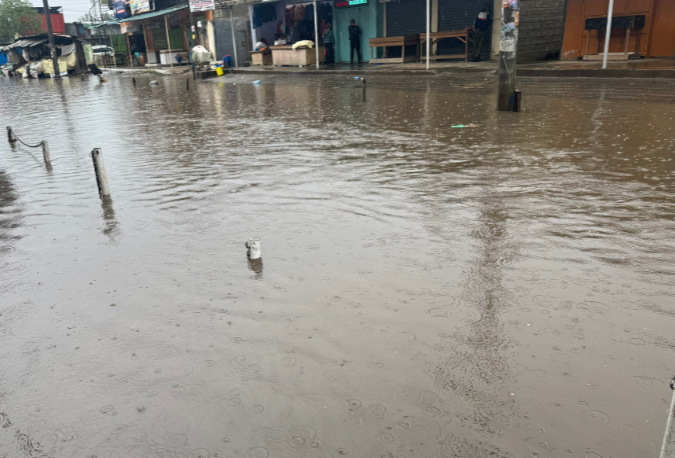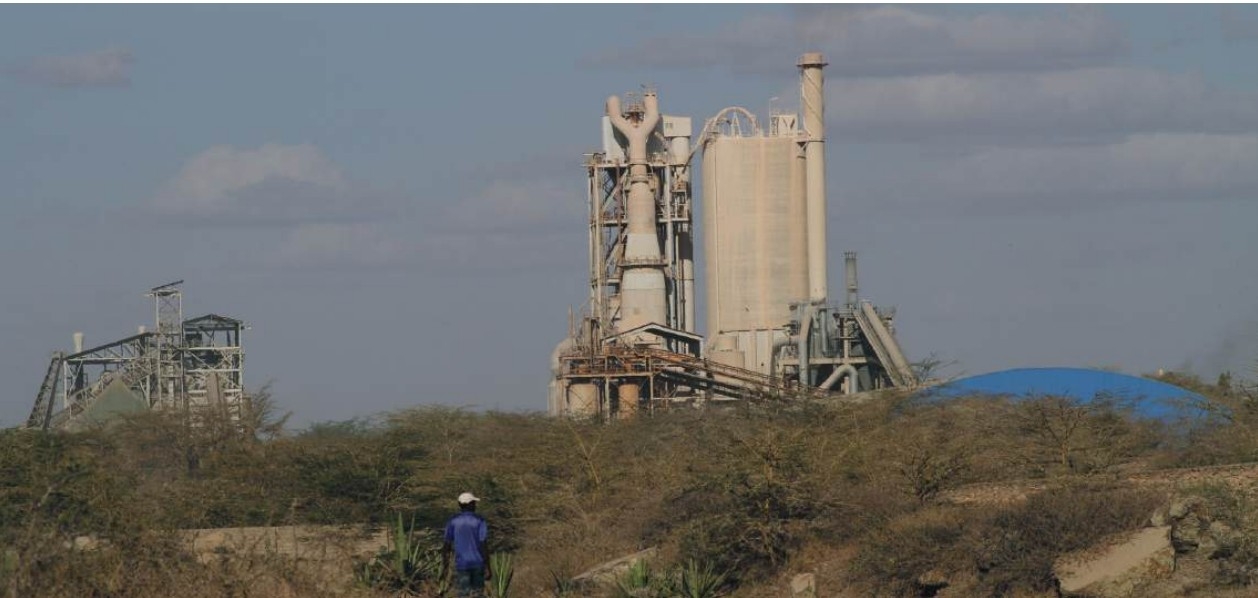

A flooded road/FILE
Kenya is increasingly vulnerable to natural and manmade hazards
and disasters and many people and the economy are at risk countrywide.
It needs at least Sh1 billion to implement its disaster risk management strategy for 2025-30.
Kenya is exposed to a wide range of natural and human-induced hazards and disasters, including droughts, floods, landslides, disease outbreaks, fires and technological accidents.
Hazards have varying impacts across regions, depending on geographical, environmental and socio-economic factors.
Vulnerabilities stem from poverty, unplanned urbanisation, environmental degradation and limited access to basic services.
Risk is exacerbated by climate change, weather variability and asset exposure; increased populations in disaster-prone areas; and environmental degradation, among other factors.
Exposure is influenced by the location of populations, critical infrastructure and economic assets in hazard-prone areas.
“Disasters, if not effectively managed, result in loss of lives and often reverse the gains of economic development by destroying fixed assets and physical capital,” the 56-page draft reads.
“They interrupt production and trade, and divert or deplete both savings and private and public investments.”
The draft strategy, seen by the Star, indicates Sh100 million is
needed to set up an institutional and legal framework for disaster risk
management (DRM).
Enhancing disaster risk management capacities of institutions requires Sh205 million, while disaster information management needs Sh225 million.
Enhancing local and national resilience to the effects of disasters and climate change needs Sh240 million. Another Sh205 million is needed to mainstream disaster risk management in sustainable development policies, strategies, and plans at all levels and across all sectors.
The total is Sh975 million.
The Fourth Schedule of the Constitution assigns disaster management functions to national and county governments.
The strategy is a roadmap for creating a common understanding of disaster risks, evaluating the current DRM system and achieving disaster risk reduction goals and targets through national multi-stakeholder consultations.
Disasters have greatly impacted socio-economic and environmental well-being, making disaster risk reduction a critical national priority.
A well-rounded strategy will ensure interventions are properly planned, budgeted, monitored and evaluated at each stage of mitigation, preparedness, response and recovery.
It aims to protect lives and livelihoods, sustain development
gains and strengthen the country’s resilience.
Developing a comprehensive risk profile requires reliable and up-to-date data sourced from ministries, agencies and institutions. They include the Kenya National Bureau of Statistics (KNBS), the National Disaster Operations Centre (NDOC) and sector-specific agencies.
Integration of data into disaster risk management planning will ensure more targeted interventions and better resource allocation for building resilience.
The main hazards in Kenya include hydro-meteorological, environmental, biological, geological or geophysical, technological, radiation, social and emerging issues, as well as natural and disasters of anthropogenic origin, originating in human activities.

















